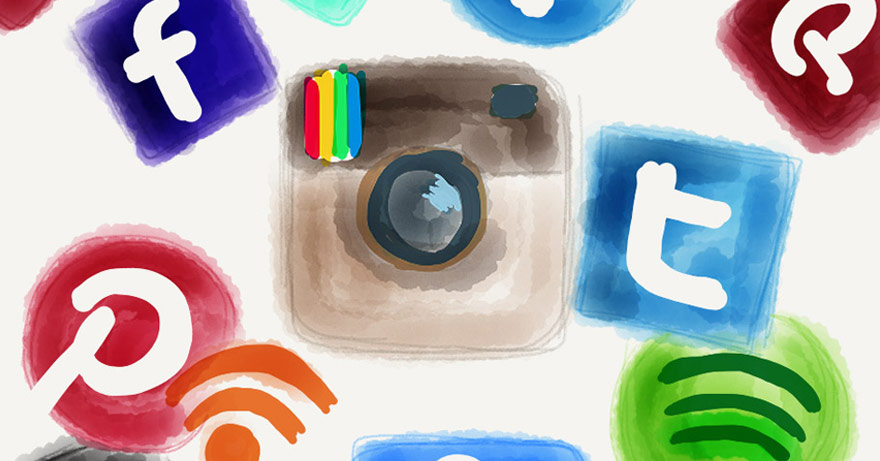Nowadays there’s an app for just about everything you do… from checking the weather to tracking your fitness to managing budgets to connecting with friends. While being connected all the time can have its downsides, there are some apps that as a team we depend on daily. Whether it be a break from business or to keep us organized, here are the apps we can’t live without.
Nathaniel
I try out a lot of apps. Mainly because I’m a ux design geek. I marvel at the way some apps are designed and how they move. So I try out a lot of apps, but not every app makes the cut. I regularly purge; feeling some sort of digital claustrophobia staring at my iPhone screen.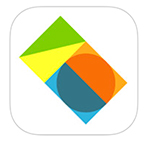
There’s one app that always survives cut day and that’s Design Tools. I may not use it every day or every week but I need it to be there. Design Tools is a no frills, quick reference app for everything from standard web banner sizes and iPhone screen dimensions to business card and even billboard sizes. The Design Tools app also features a handy colour converter for RGB, HSL and Hex as well as a 5 part unit converter for dpi, pixels, inches and more.
Unlike many of the other apps on my phone, Design Tools gives you exactly what you need and nothing that you don’t. Get in, get info, get out and get back to work.
Sonya
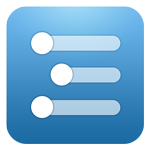 I’m a list maker, so much so, that I often make lists of the lists I need to make. Over the years I have teetered between whatever new to do list app was popular, and plain ol’ pen and paper. After a few weeks of never quite using the apps as much as I had intended, I would meander back over to a notebook and sharpie. just always seemed to abandon digital for physical, until I found workflowy.
I’m a list maker, so much so, that I often make lists of the lists I need to make. Over the years I have teetered between whatever new to do list app was popular, and plain ol’ pen and paper. After a few weeks of never quite using the apps as much as I had intended, I would meander back over to a notebook and sharpie. just always seemed to abandon digital for physical, until I found workflowy.
It is super simple, but with functions that are very useful and intuitive. It is a rolling outline, with plenty of room for tasks and subtasks. I have it installed as a chrome extension, allowing me to add tasks through my desktop that then sync with the app on my iPhone. I’ve been using it to take notes in meetings, my grocery lists, to organize web resources, and to catalog my small but mighty record collection. If I start feeling stressed or overwhelmed, I just open it up. Looking back at what I have finished up, and being able to organize exactly what I need to get done helps me focus, and clears my head. It’s been an excellent tool at organizing, but also making me more productive, and helping me manage my time better.
Colin
I enjoy going new places & trying new things, and there are many apps that help me do just that. But when it comes to spending money, I like to know I’m putting it to good use. Wisely is the app I look to for this purpose. Even with so many resources full of consumer and expert reviews, I always find myself wondering how genuine or opinionated they may be. Wisely shows you where people are spending their money, how often people came back to that business as repeat customers, and how much the average transaction at that location is. All of this information is anonymous of course, and they pride themselves on the security of their users.![]()
While reviews are good for opinions, Wisely has the data to back it up. Not only that, but it helps you budget yourself, which is something that is very handy for someone like me. Set a budget and watch your spending habits over time to learn how to, well… spend wisely. See where your wallet is taking the biggest hit, and find ways you can spend more efficiently. I also like how easy it is to set up: sign in to your bank account through the app, authorize the app via a code sent by your bank via text or email, and decide what cards you want to include in your “wallet.” As popularity of this app grows in your area, the more information they can provide to help you choose where to spend your money next.
Gretchen
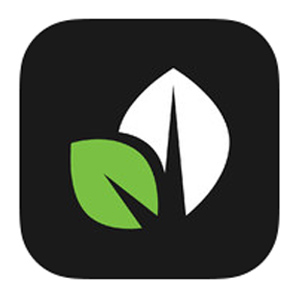 My favorite app? I’ll be honest, the last thing I want to do when I get of my computer is anything related to business. I’m drawn to social or pseudo social platforms like Facebook and Instagram. I even had a short-lived addiction to Draw Something. With that said I still keep an eye on the business end of things just to keep my mind at peace.
My favorite app? I’ll be honest, the last thing I want to do when I get of my computer is anything related to business. I’m drawn to social or pseudo social platforms like Facebook and Instagram. I even had a short-lived addiction to Draw Something. With that said I still keep an eye on the business end of things just to keep my mind at peace.
Sprout Social is the app that lets me do just that. We have several accounts we manage for clients and our own social media accounts. I can see messages scheduled, sent, incoming, and switch between client accounts seamlessly. I can check-in on the social stream when I want to, and know that I’m covered when I’m away.
Shannon
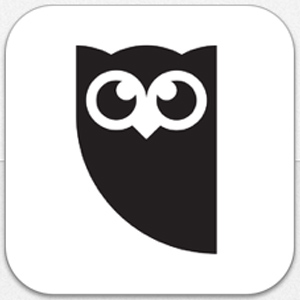 Being someone who is mildly obsessed with all things social media, I would have to say there are plenty of apps that I can’t live without. However, the one that helps me out the most is the one that keeps me the most organized: Hootsuite. The thing is, I have a relationship with Sprout Social, but I have a marriage with Hootsuite. I love that as soon as I open the app I can manage our company twitter and various platforms. I also dig that I can keep an eye out on all the trending hashtags and keywords that we set up.
Being someone who is mildly obsessed with all things social media, I would have to say there are plenty of apps that I can’t live without. However, the one that helps me out the most is the one that keeps me the most organized: Hootsuite. The thing is, I have a relationship with Sprout Social, but I have a marriage with Hootsuite. I love that as soon as I open the app I can manage our company twitter and various platforms. I also dig that I can keep an eye out on all the trending hashtags and keywords that we set up.
Photo Credit: Frau Hölle


